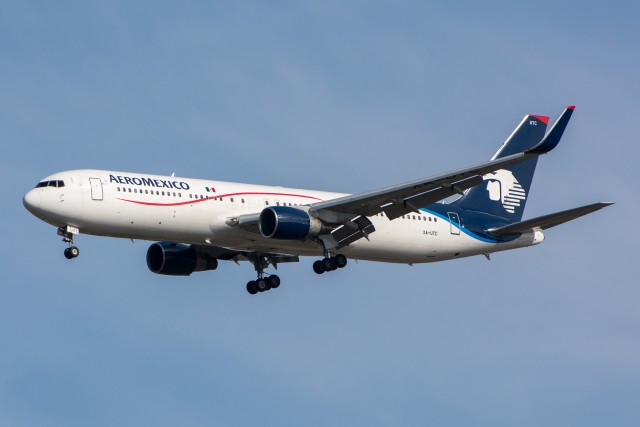
Updating the gate area means seating that can be enjoyed by everyone – Photo: United
On my recent trip to Chicago with United to experience their new United Club cuisine, we were shown something that the airline had been working on. Something that would have been obvious to so many, but that not so much to others. United has been working on many different ways to improve their boarding experience.
We have all had a bad boarding experience. A delayed flight, people massing at the gates (gate lice), no order at all, bad communication, and confusion. Airlines all board aircraft in different fashions, and each airline has someone (or a team) of people, who are consistently re-evaluating how the boarding process can efficient. Some new methods work well, others are silently stopped and never spoken about again.
But what is sometimes forgotten about in the boarding process is what that gate area looks like, how it is handled, and how passengers actually feel about it. United has decided to take a look at all of these factors and decided on trying a new boarding experience — one where even passengers had some role in the decision-making process.
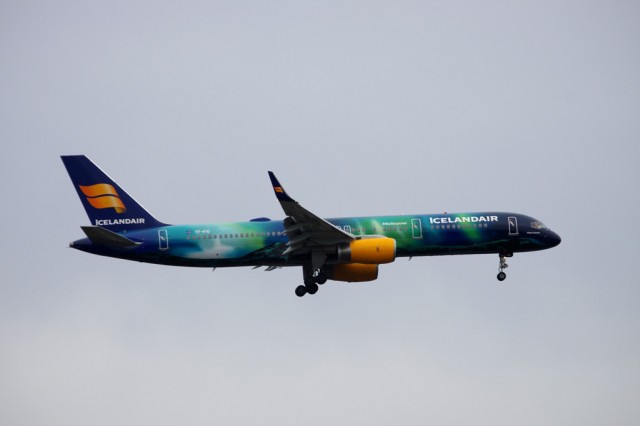
Icelandair use 757s to connect their hub in Reykjavik to European and North American destinations – Photo: Mal Muir | AirlineReporter
What has been the most talked about aircraft as of late in aviation circles? I would have to say it is the Boeing 757 — an aircraft that seems irreplaceable. This aircraft is beloved by some, hated by others, and yet so many people have flown them, no matter where you are from (unless you are Australian, then it’s going to be rare). I can remember the first time I saw a 757 (Royal New Zealand Air Force at Avalon Airshow); I can also remember my first flight on a 757 (United P.S from JFK to LAX). I’ve got so many wonderful memories of the 757 that I wanted to take a little trip down memory lane and bring you all along with me.
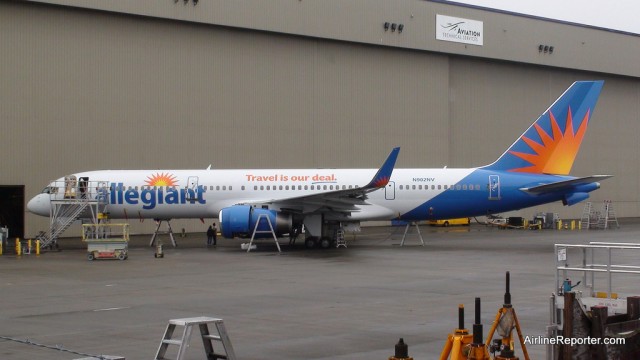
One of Allegiant Air’s Boeing 757s (N902NV) while still in Everett, WA – Photo: David Parker Brown
The Boeing 757 was the last clean-sheet narrow-body aircraft to come out of the Seattle area. The aircraft was produced in Renton and, much like myself, the 757 was an 80’s baby. Rolled out on January 13, 1982, it took flight just over a month later on February 19th. Deliveries of the 757-200 began in December 1982, less than a year after roll-out, with the launch customer being Eastern Air Lines for North America (since dissolved and now reappeared) and British Airways for Europe. The aircraft was last delivered in 2004, after over 22 years of production. The final aircraft was delivered to Shanghai Airlines, giving the 757 family a total of 1,050 of the type.
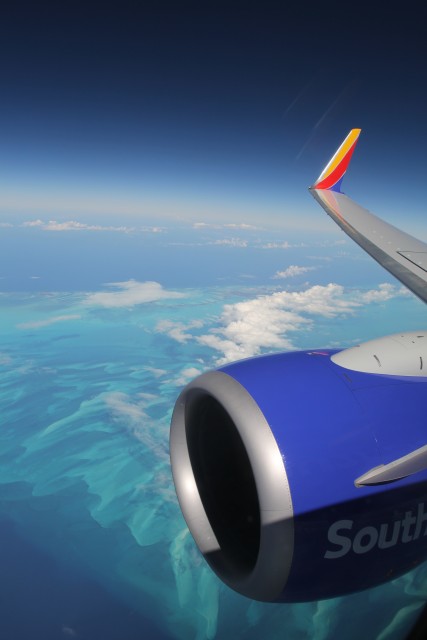
Over the Caribbean Sea – Photo: David Delagarza | AirlineReporter
That’s one small flight for a 737, one giant leap forward for Southwest Airlines and Houston Hobby Airport (HOU). In a sign of things to come, Southwest added to its daily Aruba service out of Baltimore and Orlando with a seasonal weekly flight between Houston and Aruba’s Queen Beatrix International Airport (AUA). Last Saturday, I joined Southwest for the inaugural flight between Aruba and Houston. This flight was the first international commercial arrival into Hobby airport.

I ⥠Aruba, the unofficial theme of the island – Photo: David Delagarza | AirlineReporter
Although Hobby Airport does not have customs and immigration facilities, Southwest is able to operate the flight thanks to the Customs and Border Patrol (CBP) preclearance facility in Aruba, which allows passengers to clear customs and immigration prior to departing for the United States. This October, however, Hobby Airport is scheduled open a new five-gate international terminal, complete with customs and immigration facilities, which will enable Southwest to further add to its international offerings at Houston.
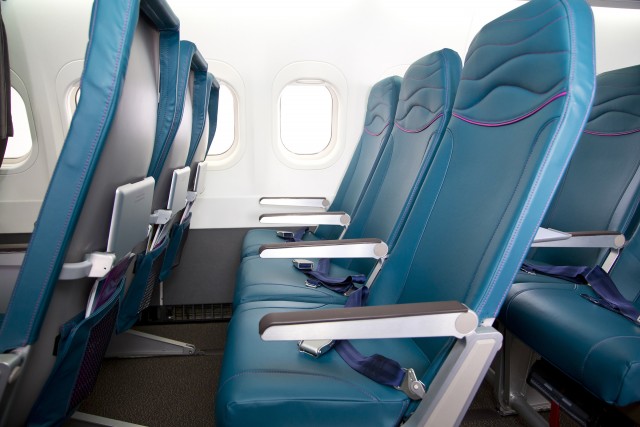
Hawaiian Airlines is streamlining their 717 cabins – Photo: Hawaiian Airlines
Hawaiian Airlines is now the second-largest operator of Boeing 717s in the world — with a fleet of 18 (tied with QantasLink — Delta is number one). Even though it is a smaller fleet, the airline operates five different configurations of the aircraft type, which they use to fly inter-island.
To simplify, the airline has decided to standardize each aircraft with 128 new seats and also update some of the design elements of the cabin.
“These new, modern design elements rejuvenate the interiors of our Boeing 717s while allowing us to deliver a consistent onboard experience for our guests,’ said Peter Ingram, chief commercial officer for Hawaiian Airlines.
I recently had the opportunity to experience the premium product on two major North American (non-US) carriers. I thought it would be a good chance to evaluate and compare the two different products and see how they stack up! I was invited to Buenos Aires, Argentina, by a good friend of mine whose fianc is Brazilian. They planned a trip to Argentina and invited close friends. Given that going to South America would mean I had visited all the continents (well, apart from Antarctica), I had to agree. In planning this trip, I decided to use miles to make the trip more affordable.
Much to my surprise, there was no point in booking a flight one-way using miles and the return flight paying cash. Interestingly, it cost the same amount (or more) for a one-way ticket to Buenos Aires, compared to a round-trip ticket. This just further reinforced my plan to use miles. I was able to use Alaska Airlines miles to fly Aeromxico on the flight down, and United miles to fly Air Canada on the return. Funny how that can work, right?






